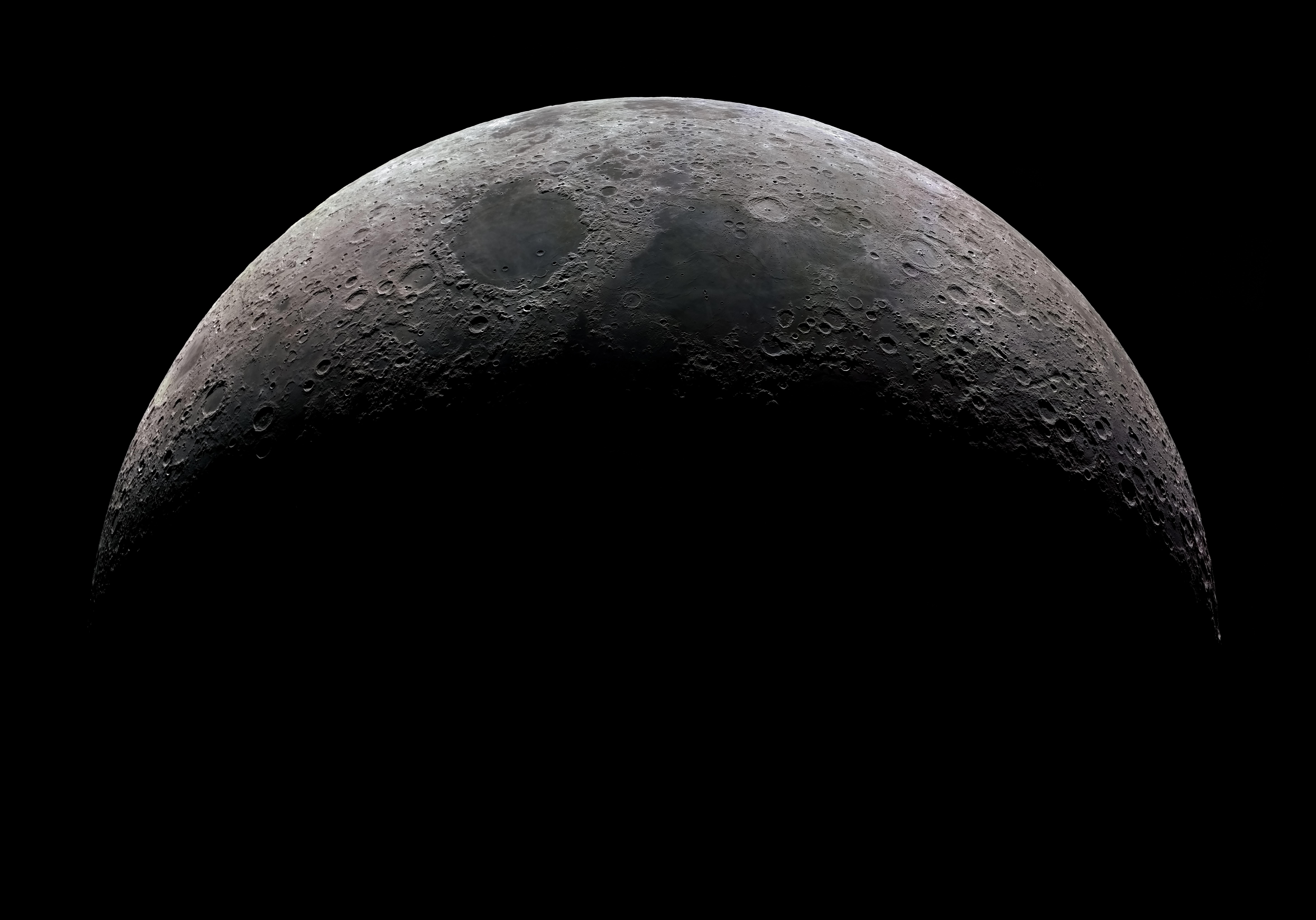
Heavy Rain, Flooding, and Chance of Severe Weather Staring Down the Southern U.S.
January 22, 2024
Posted: November 26, 2022 3:00 am





It has been a historic week for NASA as the Orion spacecraft continues its uncrewed mission by the moon. The Artemis I mission will take the spacecraft 40,000 miles past the moon before it returns to Earth.
What Orion Was Up to This Week
The Orion spacecraft was put to the test on Monday morning when it made its closest flyby of the moon, coming within 81 miles of the lunar surface. Prior to the flyby, NASA engineers successfully performed an outbound powered burn. This operation increased the speed of the spacecraft at a rate of over 580 mph.
According to NASA, the spacecraft was 328 miles above the surface of the moon when it was traveling 5,023 mph. Not long after the powered burn, Orion came within 81 miles above the moon traveling at a speed of 5,102 mph. The spacecraft was located over 230,000 miles from Earth at the time of the lunar flyby.
As part of the flyby, Orion soared over the moon’s Tranquility Base. This site is distinguished as being the base used in the historic Apollo 11 moon landing.
NASA engineers said that they are thrilled with the images that are being sent back to the command center by the spacecraft. In addition to a shot of the lunar South Pole, the capsule also sent back images of views of the Earth floating in the distance.
What is Next for Orion?
The spacecraft will stay in this orbit until the beginning of next week. The journey will take Orion approximately 40,000 miles past the moon prior to beginning its return to Earth. The capsule will reach the greatest distance from Earth during this mission on November 28. At this point, it will be 268,500 miles from Earth.
Assuming the capsule completes this part of the mission, it will break the current record set by the 1970 Apollo 13 crew of the furthest distance traveled by a spacecraft engineered to carry humans.
About the Mission
This current mission is the first part of the NASA Artemis program. The overall mission has a goal of sending astronauts back to the surface of the moon in the next few years. The Orion capsule was sent into space atop of the Space Launch System (SLS). The mission was a long time in the making as it faced numerous production and launch delays. Orion finally began its mission on November 16.
Throughout its trip to outer space, the mission is being operated by the Deep Space Network and its Jet Propulsion Laboratory. This group is in charge of the communications for the mission, giving NASA engineers continual contact with the capsule on its journey.
The Deep Space Network encompasses three facilities used to facilitate communication. The spacecraft was able to send and receive signals from the station in Madrid, Spain shortly after the lunar flyby. The signal then moved to the Goldstone, California station.
The capsule is scheduled to splash down into the Pacific Ocean off the coast of San Diego on December 11.
Did you find this content useful? Feel free to bookmark or to post to your timeline for reference later.

January 21, 2024

January 19, 2024

January 18, 2024